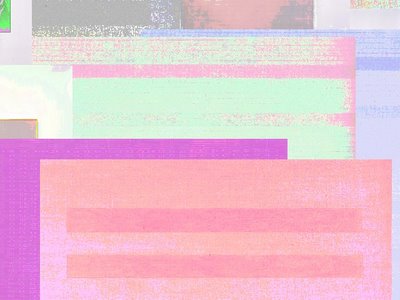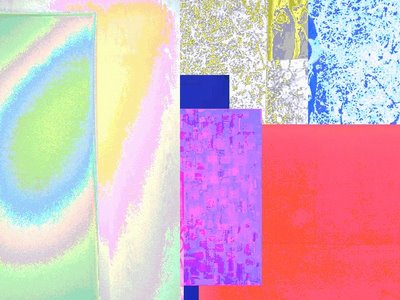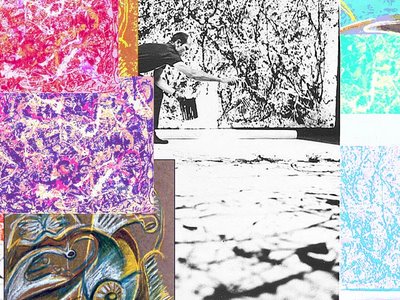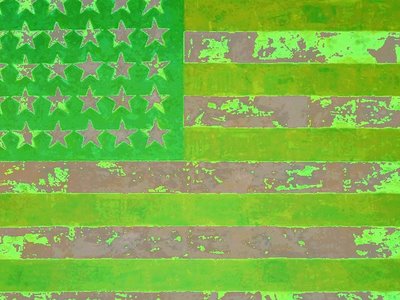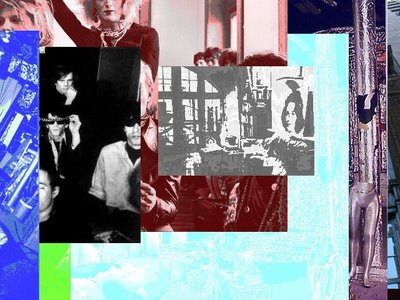RTCA Generator, part 4
In most collage procedures the images are still chosen and rearranged by the artist, so in that sense the derangement has a willfull, rational aspect to it. With the RTCAG, that choice is taken out of the maker’s hand and the action of collage then becomes pure chance. Or does it? In fact, it does not become totally so. For one thing, the chosen word(s) guide the selection of images by the Google search engine (as we have seen for artists’ names). Additionally, the Google search itself selects images from a mind-boggling available field by rating which sites refer to any one image the most and ranks them from the most popular first. In a sense, then, the artist surrenders his own personal choice to the democratic choice of the internet masses. Since the program then selects the top 8-10 Google choices, then these are indeed the most commonly associated images to that word or words, on the internet at least. This then, is the “Real Time” and "Contextual" part of the program. It was no surprise that many of the images are the most current associations based on news media, mass entertainment, and cultural fads. It became a game for me to select words that would bypass this wide net and discover images that create a less obvious and more enigmatic collage - but more on that later.
One of the word groupings I immediately put in was “September 11 2001”. For this particular selection, most of the images are of the buildings under or after the attack (simply enter that exact phrase in Google Image Search to see the images yourself). In the first ten images there is only one photo that includes human beings close up: it is the one of President Bush sitting in a classroom at the very moment he is being told of the attack by his Chief of Staff. In the Google search engine this photo is being selected by most web surfers as the iconic image of that day. The most striking image produced by the RTCAG is this one:
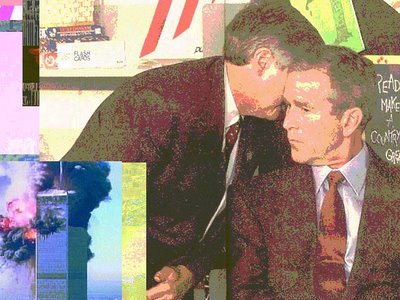
The program’s algorithm arranged the photo of Bush so that his startled expression seems to be staring at the image in the lower left of the moment the second plane struck. Now, this is an arrangement an artist might have chosen to put down, but the program obviously did it without any intention of transmitting a message, by pure chance – but I recognized the image as it toggled by as more “striking” or evocative than many others and chose to hit the save command, so in that sense I guided the process in the only way I could.
I suppose it is this unusual relationship of chance to intention, this new way to collage, with its basis in the vast archives of images on the internet, that I find most interesting about using the program.
